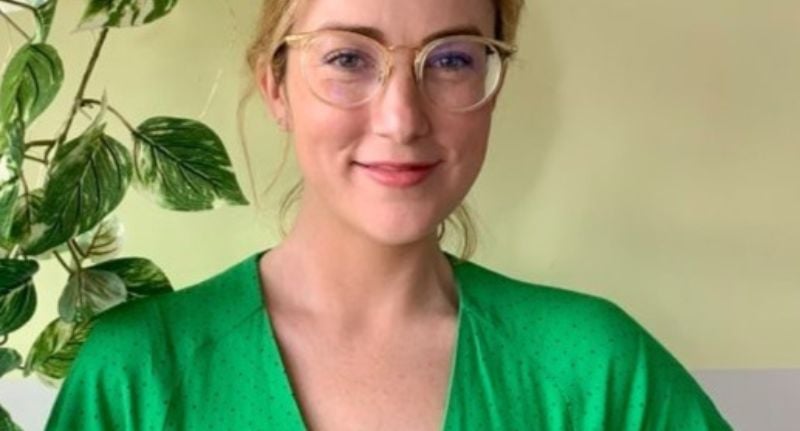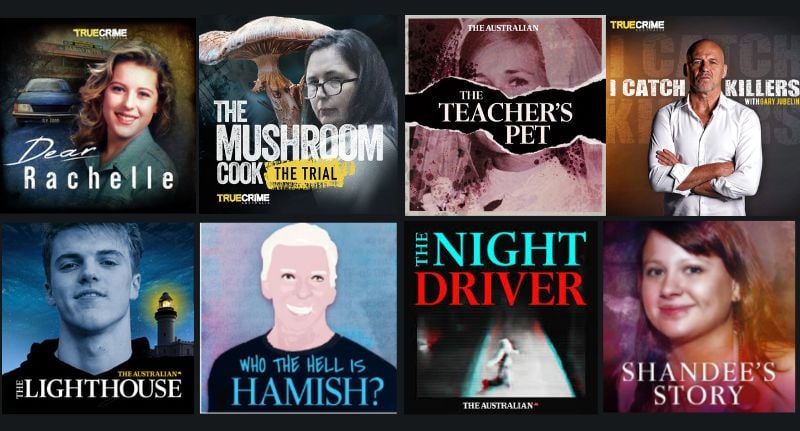Despite the popularity of true crime podcasts and mounting evidence of their effectiveness as an advertising channel, many brands are still hesitant to invest.
A landmark IAB Australia and Neuro-Insight study released last year showed that true crime environments deliver high engagement and strong brand recall, comparable to leading entertainment genres, but industry uptake remains limited.
Now, News Corp Australia’s Senior Audio Strategy Manager Dominique McDermott is urging advertisers to move past outdated assumptions and reconsider the category, offering practical advice on how to make true crime work for a wide range of brands.
Neuroscience shows true crime delivers results
The Crime Pays report used neurological tracking to analyse participants’ responses while listening to Australian True Crime podcasts and related ads.
The findings showed a high level of engagement and brand memorability across both traditional ad spots and host-read segments, with no evidence of negative brand sentiment, even in the more integrated formats.
“The engagement and the memorability of that environment was super strong and to the level that they proved can actually influence purchasing decisions,” McDermott said.
“The study also found there was no negative sentiment in the areas of the brain that would usually spark up, which validates that the risk for brand safety just isn’t there.”
She added: “It actually mirrored the same kind of levels and activity they see in the entertainment category.”

News Corp Australia’s Senior Audio Strategy Manager Dominique McDermott
Brands remain hesitant despite the data
Despite true crime being the third most popular podcast genre in Australia, with over 4.7 million monthly listeners and a majority female audience, only 30% of buyers invested in true crime podcasts in 2024, compared to 60% in the Entertainment or Lifestyle categories.
This hesitation, McDermott believes, stems from outdated assumptions about content relevance.
“They think that if they advertise on a true crime podcast, it will lead to a poor reflection of their brand,” she said. “We now can prove that’s not true, but more importantly, they may be missing the audience opportunity entirely”
She also pointed to the strong audience profile: “True crime listeners on our network are nearly 70% female and 82% more likely than the average Australian population to have a combined household income of 200k. Not only do you have a very engaged audience, you also have an audience that has disposable income to spend.”
Rethinking relevance and finding entry points
One persistent issue, McDermott noted, is that brands tend to limit themselves to overly literal content alignments. “Podcasting is a double-edged sword in that everybody knows the audience is super engaged… but then people think that the context and the topic are the only way to use podcast advertising.”
For instance, health brands tend to avoid advertising outside of health content.
But McDermott argues there are other creative entry points: “Take Gary Jubelin, host of the ‘I Catch Killers’ podcast. He has been begging us to get a washer dryer brand on to sponsor his show because he is so passionate about his personal hygiene and grooming. That’s another way brands can use context.”
To help bridge the gap, she keeps a working spreadsheet of host insights to better connect advertisers with relevant opportunities: “We can’t expect brands to know everything about a host the way the audience does… but if we can start to connect those dots, the results will follow.”

Gary Jubelin interviews Neil Cummins, a former Kings Cross Bouncer and John Ibrahim’s former body guard for the I Catch Killers Podcast.
Trust and timing matter
McDermott emphasised the value of being early: “Now really is the best time for brands to give it a crack, because people like me and a lot of publishers will do a lot to get people into the crime space. So it is a really cost-effective way that you can get into an area and be a first mover on it.”
She cited the long-running partnership between Harvey Norman and journalist Hedley Thomas as a case study: “Back in 2018 they took a bet, arguably a huge bet at the time, on The Teacher’s Pet. No-one was to know at that point that that would become one of the biggest podcasts in Australia and globally… Fast-forward to 2025 they are still sponsoring every Hedley Thomas title and get 100% share of voice on that.”
With ad spend on Australian podcasts reaching $118 million in 2024 and true crime continuing to deliver consistently strong audience engagement, the research suggests this is an under-utilised space for brands.
As McDermott puts it: “Of course, we would welcome any kind of brand that wants to advertise in a true crime podcast… but it’s important to know that’s not the only way to use the category, and I think that’s where the misconceptions come from.”
For advertisers seeking high-impact, brand-safe environments with loyal listeners, the message is clear: True crime deserves a second look.
